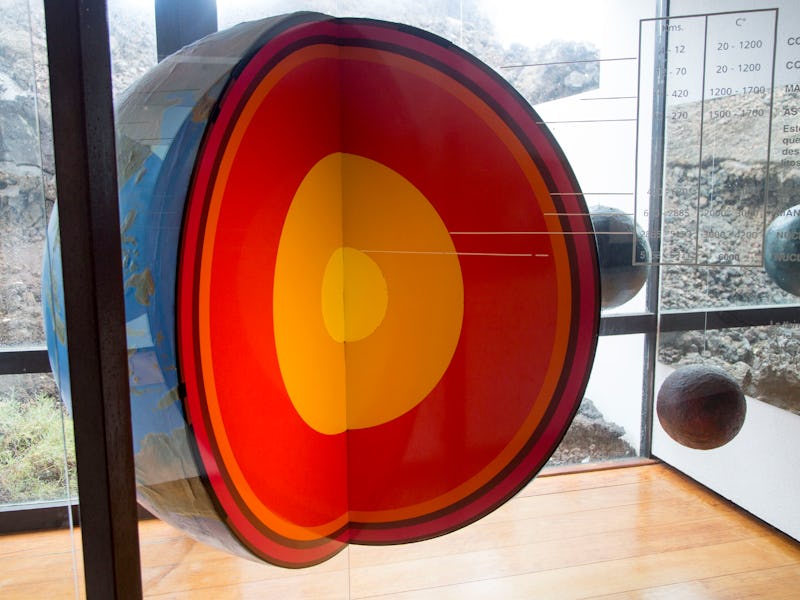There's a “Gravity Hole” in the Indian Ocean, and Scientists Just Figured Out Why
Even the Earth posts hole — gravity hole.

In 1948, Dutch geophysicist Felix Andries Vening Meinesz was sailing the planet on a gravity survey when he discovered an anomaly in the Indian Ocean. It was a circular depression in the ocean floor that begins to dip near India’s southern tip and extends 1.2 million square miles. This depression, known as the Indian Ocean geoid low, has baffled scientists since its discovery.
However, a notable finding could explain this geoid low’s existence. Researchers from the Indian Institute of Science in Bengaluru used computer models to determine that plumes of molten rock from deep within Earth may have formed it. They published their findings in the journal Geophysical Research Letters in May.
At the geoid low’s lowest point, where sea level plunges over 328 feet, is a gravity hole where Earth’s gravitational pull is weaker and its mass is lower than normal. In explaining this occurrence, it’s key to remember that while Earth is round, it’s not a perfect sphere. “The Earth is basically a lumpy potato,” study coauthor Attreyee Ghosh, a geophysics professor at the Centre for Earth Sciences of the Indian Institute of Science, told CNN. It’s “what we call an ellipsoid, because as the planet rotates the middle part bulges outward.” Different parts exert different gravitational pull as the mass of our planet’s layers vary.
Using evidence of Earth’s past geological configurations, Ghosh and her team simulated possible ways tectonic plates and magma could have formed this geoid low. They ran 19 simulations from as far back as 140 million years ago up to the present. Six of them rendered the geological phenomenon, and shared a commonality: Hot, anomalous magma plumes fringed the geoid low. The researchers conclude that the presence of this molten rock and the nearby mantle structure ultimately formed the gravity hole. They varied magma density in other trials, and the low never formed in simulations that lacked magma.
Magma viscosity also helped form the low. Even tweaking it a bit prevented the low’s formation. The team found that hot anomalies both in the upper mantle and below 1,000 kilometers into the earth contributed to formation. The magma plumes likely came from an ancient ocean that vanished as present-day India collided with Asia tens of millions of years ago.